What’s the bare minimum needed for life? Scientists may have just found the answer in a tiny archaeon named Candidatus Sukunaarchaeum mirabile. This newly discovered microbe carries an ultra-reduced genome and survives by doing just one thing: replicating itself.
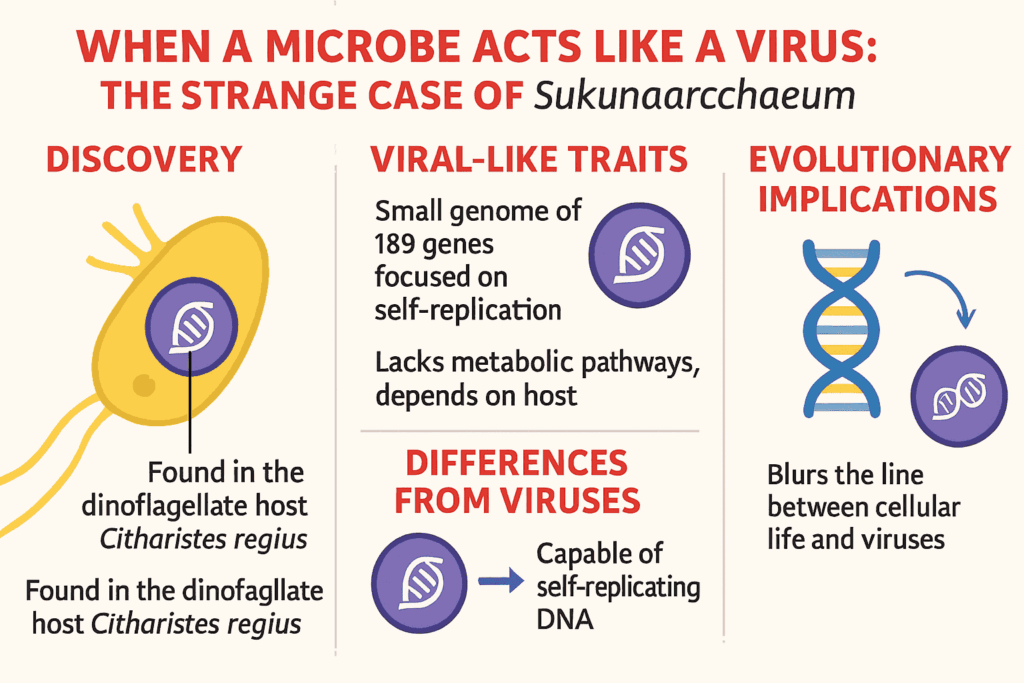
A genome at the edge of life
The genome of Sukunaarchaeum is only 238,000 base pairs long—less than half the size of the previously smallest archaeal genome (Nanoarchaeum equitans). It contains just 189 protein-coding genes, and almost all of them are dedicated to DNA replication, transcription, and translation.
What’s missing? Nearly everything else.
- No amino acid synthesis
- No nucleotide pathways
- No energy metabolism
In short, Sukunaarchaeum has almost no metabolic machinery of its own. It relies completely on its host cell for basic building blocks.
Where was it found?
Researchers discovered Sukunaarchaeum inside a single-celled plankton, the dinoflagellate Citharistes regius, during a genome-sequencing project. Initially mistaken for an error, repeated DNA sequencing confirmed it was a real organism.
Further analyses of global marine datasets revealed related sequences scattered in oceans worldwide, forming a diverse “Sukuna-clade”—suggesting that this microbe is not a one-off oddity, but part of a hidden lineage of archaea.
A cell that acts like a virus
Despite being an archaeon, Sukunaarchaeum looks suspiciously virus-like:
- Extreme host dependence: It can’t make essential molecules on its own.
- Self-focused genome: Almost every gene is for copying itself.
- Large membrane proteins: Its genome encodes unusually giant proteins, likely for interacting with its host’s cell surface.
Yet, unlike viruses, it keeps its own ribosomes and a full toolkit for making proteins. This means it is still cellular, not a virus—but about as close to a viral strategy as life can get.
Why it matters
The discovery of Sukunaarchaeum mirabile challenges what we think of as the minimum requirements for cellular life. It shows that life can strip away almost everything—except the ability to make copies of itself—and still persist.
It also raises fascinating evolutionary questions:
- Did some viruses originate from microbes like this?
- How often has life taken this “reductive” path?
- Could even stranger forms of ultra-reduced cells be waiting to be discovered?
As the authors note, this organism represents a deeply branching archaeal lineage, one that expands the known tree of life and blurs the boundaries between cells and viruses.
Takeaway
Sukunaarchaeum mirabile is a reminder that nature doesn’t always play by the rules. It’s a cell that behaves almost like a virus—showing us that the definition of “life” may be far more flexible than we once thought.
Suggested Reading
Harada, R., Nishimura, Y., Nomura, M., Yabuki, A., Shiba, K., Inaba, K., … & Nakayama, T. (2025). A cellular entity retaining only its replicative core: Hidden archaeal lineage with an ultra-reduced genome. bioRxiv, 2025-05.
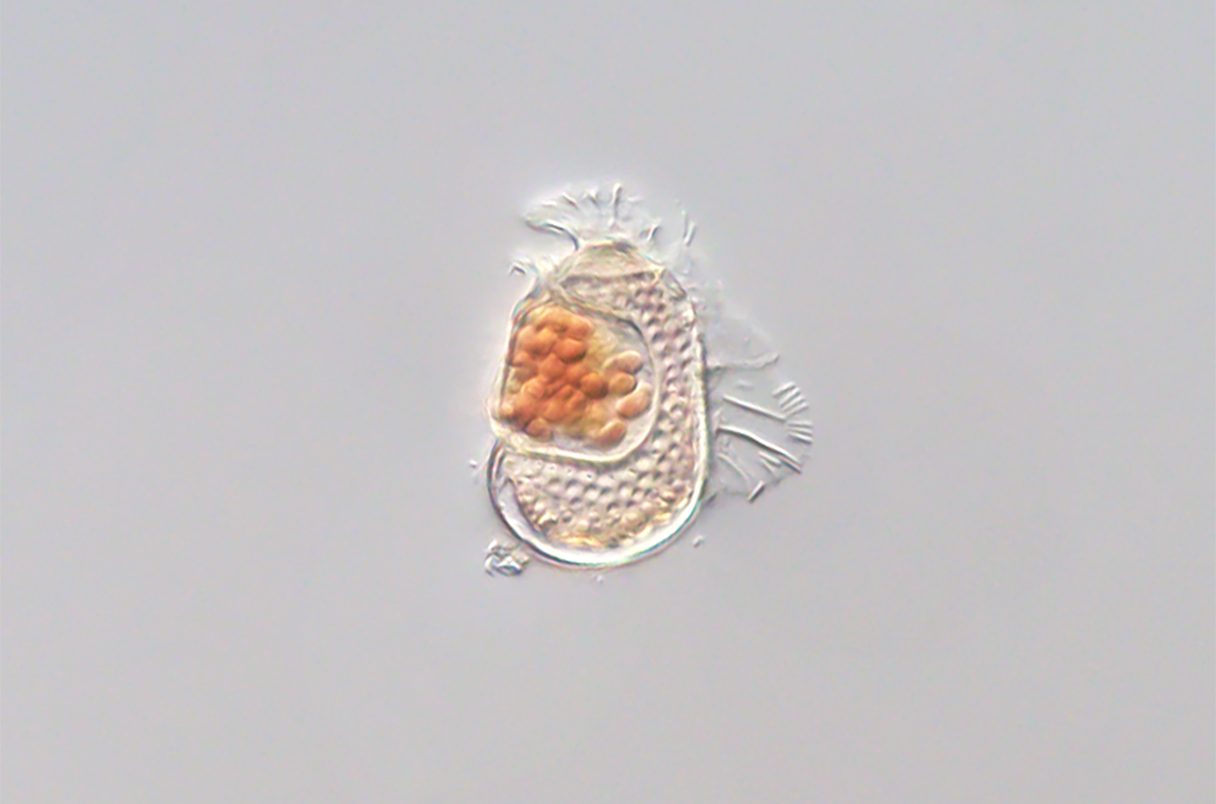


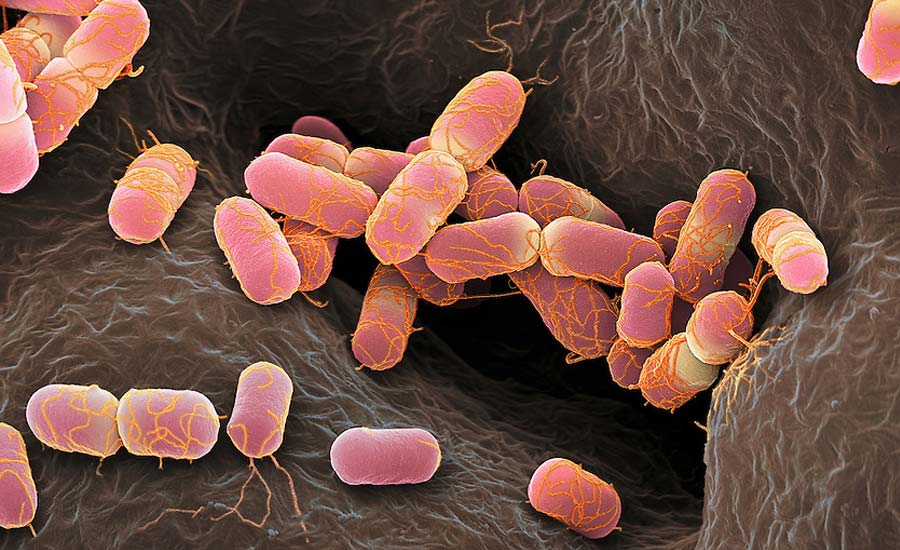
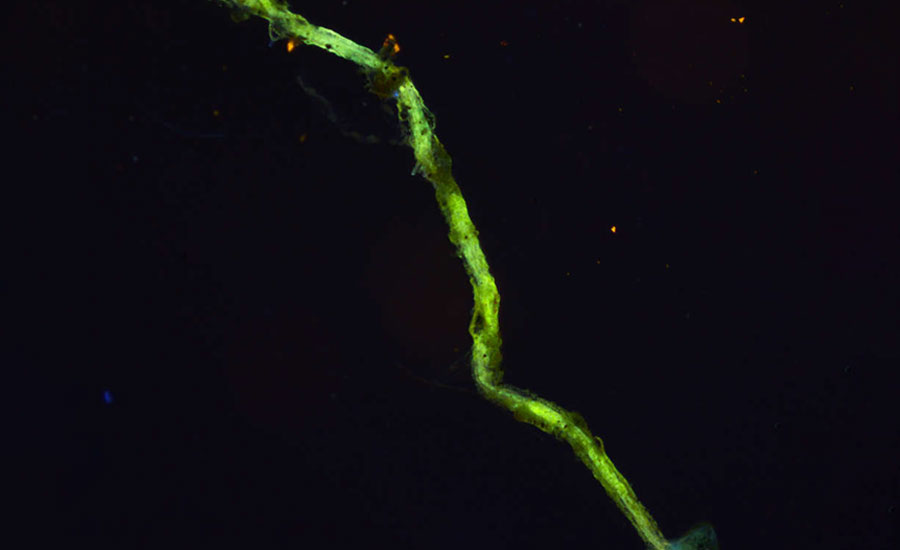
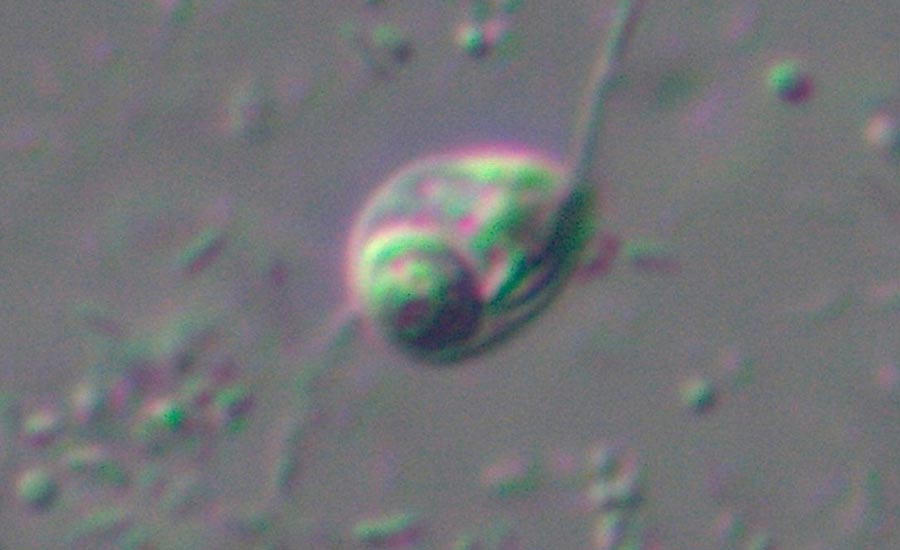
Leave a comment